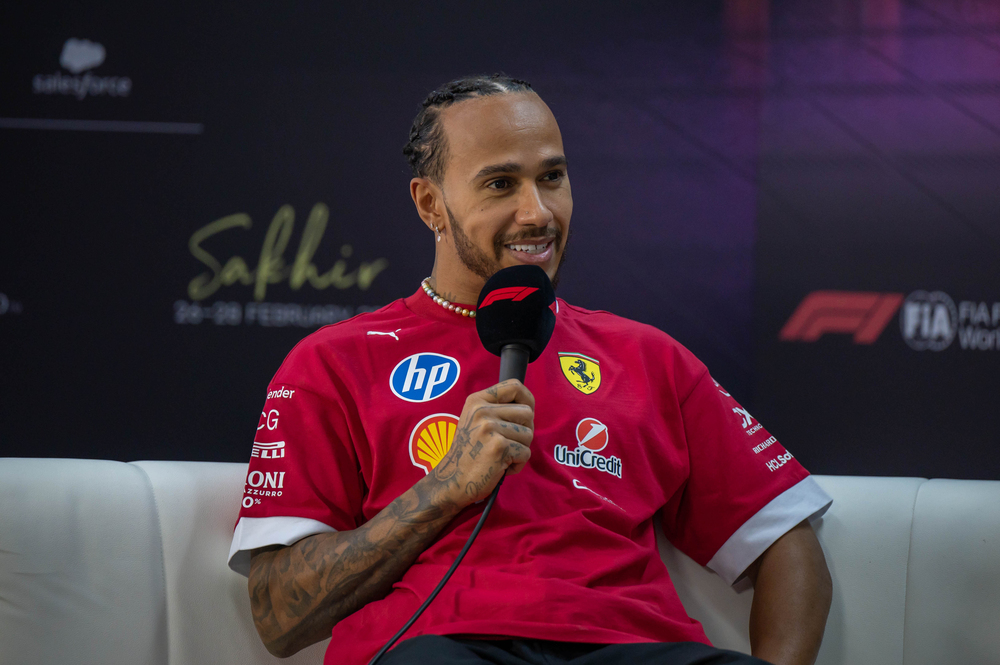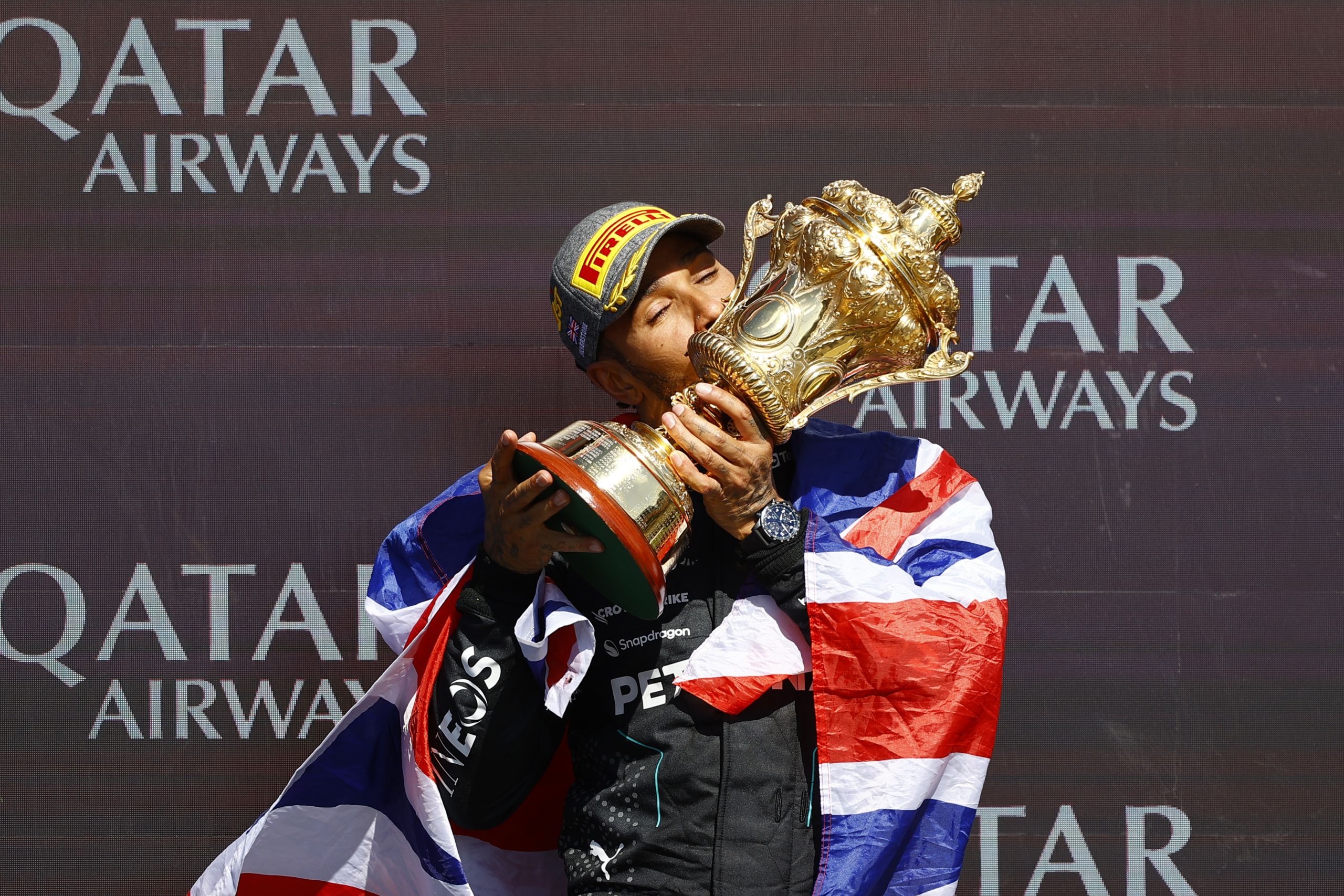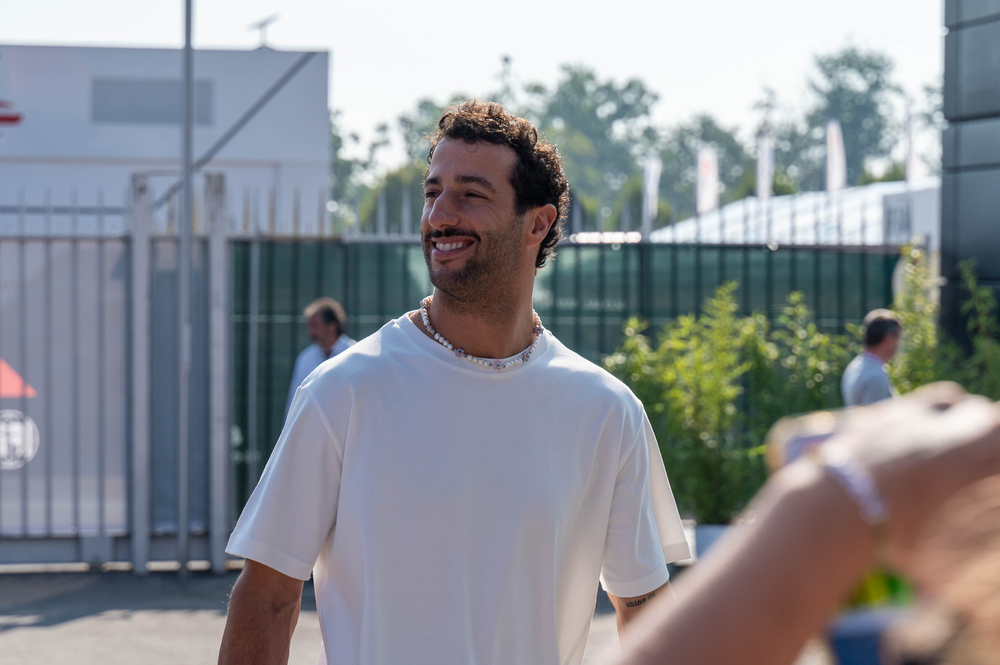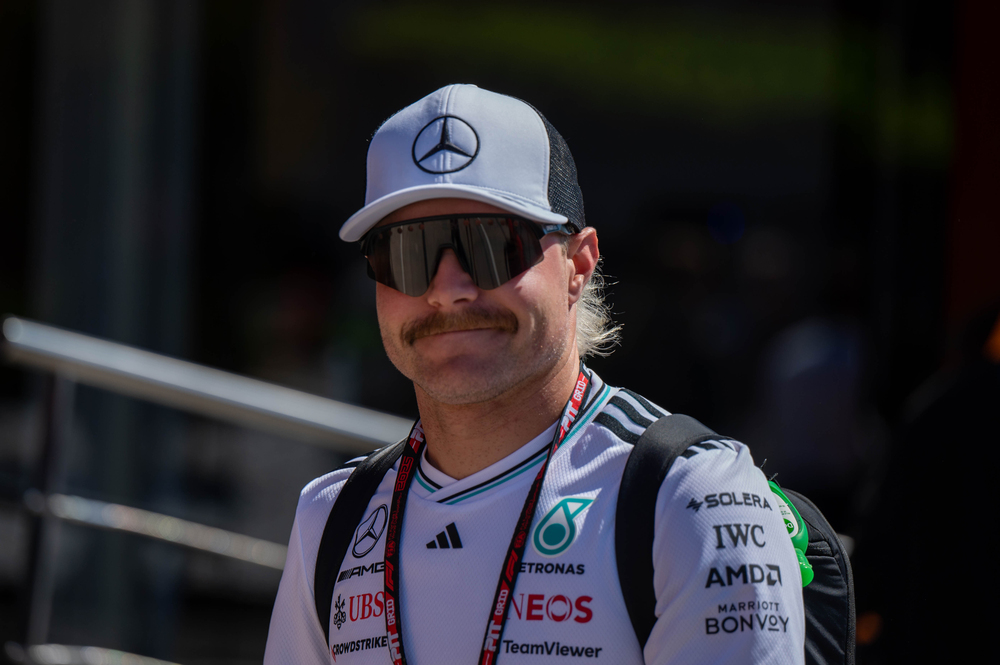What’s Coming At F1’s 2025 Bahrain Testing?
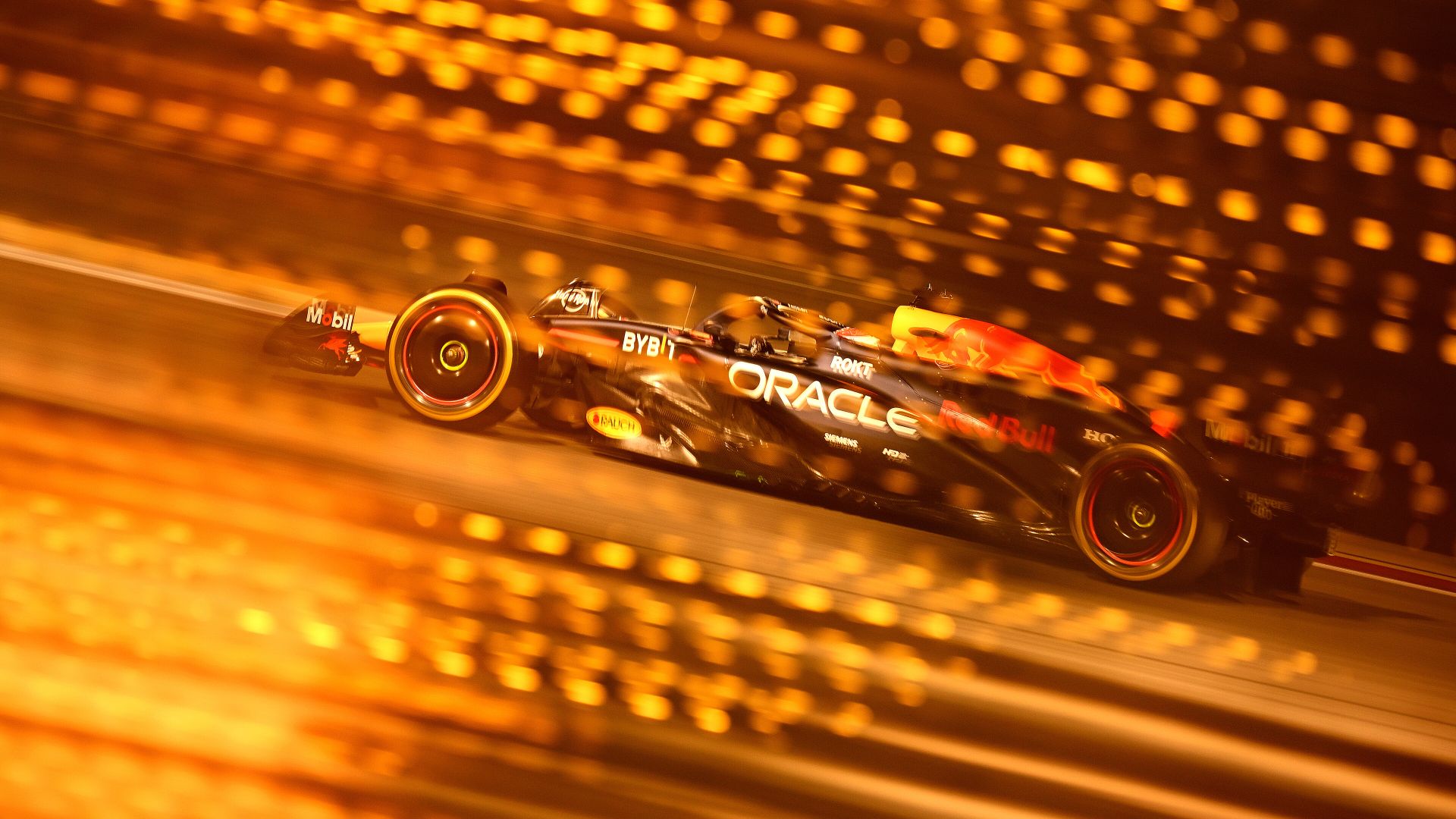
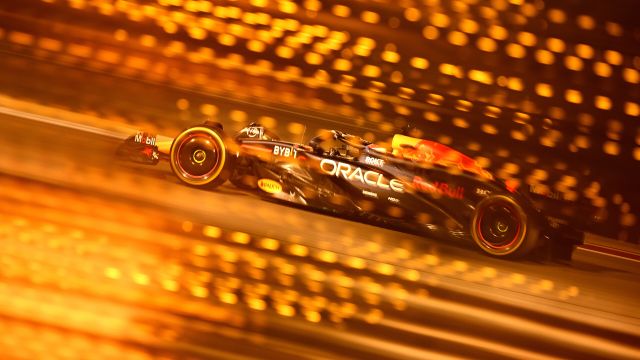
Formula 1’s 2025 season kicks into gear this week, and the Bahrain International Circuit is ground zero. Starting Wednesday, February 26, three days of pre-season testing—live on Sky Sports F1 from 6:50 AM —offer the first real look at the grid’s new machines.
Bernie Collins, Sky Sports F1’s strategy guru, peeled back the curtain on what teams are chasing: speed, data, and answers. With Melbourne’s Australian Grand Prix just 17 days away, here’s what to watch as all 10 teams hit the track.
First up, the tech parade. “An eye-catching feature you will see are aerodynamic rakes, which feature sensors designed to measure off-body flow structures, or in simple terms where the air goes after it hits certain parts of the car,” Collins said. These metal grids, bolted behind wheels or wings, track airflow in real time—think pit crews playing scientist. Then there’s flow-vis paint—bright streaks teams slather on to map how air dances over the chassis. “Both tools enable teams to gather further understanding of their cars, and potentially make further improvements, whether that be in the form of upgrades or just set-up,” she added. Mercedes, chasing slow-speed fixes, and McLaren, defending their crown, will lean hard on this intel.
But it’s not just gizmos—correlation’s the name of the game. “When running a rake or flow-vis, you’re checking if the air over the car matches your virtual world. You’re looking for correlation,” Collins explained. “Ultimately you’re looking for car performance but also that it correlates to your model because if it doesn’t correlate at this stage, it’s going to be very difficult to develop the car going forward. You’re trying to get both answers – is the car quick enough and does it match the model?” Wind tunnels and sims spit out predictions; Bahrain’s tarmac tests if they hold up. Ferrari’s new pull-rod suspension, Red Bull’s RB21 tweaks—expect teams to sweat these details.
Bahrain’s layout dishes out a brutal exam—long straights, high-speed sweeps, and tight low-speed bends. “This is a track that tests every part of the car,” Collins noted, per the article’s intro. Three days, 24 hours total track time, split between drivers. Max Verstappen, gunning for five straight titles, shares Red Bull duties with rookie Liam Lawson. Lewis Hamilton and Charles Leclerc, Ferrari’s new power pair, will trade laps too. Teams juggle long runs for reliability—think 60-lap stints—with hot laps chasing raw pace. Last year, Verstappen’s RB20 topped Day 1; this time, McLaren’s MCL39, fresh off a Silverstone shakedown, might flex early.
Don’t sleep on strategy either. “A new season means new opportunities and Bernie describes how the teams will be feeling ahead of Wednesday’s test day in Bahrain,” the piece states. Day 1’s about bedding in—low fuel, soft tires, glory runs. Day 2 flips to race sims, stacking laps to mimic Melbourne’s 58-lap grind. Day 3? Fine-tuning, maybe a quali blast on C5s—the softest rubber. Collins’ old gig as Aston Martin’s strategy lead shines here: teams that nail setup now bank points in March.
Pecking order hints will trickle out, but don’t buy the hype yet. Sandbagging’s real—Red Bull hid their 2024 pace ’til lights out. Watch lap counts over leaderboards—100 laps means reliability; 50 means trouble. Sky’s Ted Kravitz hits the pit lane nightly at 8:30 PM with Ted’s Notebook, decoding the day. Friday’s 9:00 PM Development Corner with Collins will zoom in on upgrades.
Melbourne’s the real judge, but Bahrain’s where bets get placed. Strap in—F1’s 2025 story starts now.
From F1 news to tech, history to opinions, F1 Chronicle has a free Substack. To deliver the stories you want straight to your inbox, click here.
New to Formula 1? Check out our Glossary of F1 Terms, and our Beginners Guide to Formula 1 to fast-track your F1 knowledge.

